August 29, 2024
When you embark on a summer road trip, the travel experience is just as important as the destination. You've organized the car so that your bags fit perfectly. You've packed the most delicious car snacks so that no one gets cranky. You're ready with car games for the kids to stay entertained – license plate and landmark games, anyone? And of course, you have your agenda planned for when you arrive at your destination – or destinations.
But all too often, when visiting an area that you are not familiar with, it's easy to overlook that natural conditions and wildlife may be different than what you're used to at home. From insects, plants, and weather, there are a lot of elements which vary by U.S. region. To help you prepare for your next road trip adventure, we're sharing our guide to help keep you safe.
Across the Continental U.S.
Before we start our tour across the country, let's start with a few things that you should be mindful of throughout the continental U.S.
Plants
Plants are harmless, right? Not if you stumble upon poison ivy, poison oak or poison sumac. Did you know? According to the American Skin Association, poison ivy, oak and sumac allergies are the most common in the country, impacting approximately 50 million Americans per year. And no matter where you're traveling to, you can likely encounter these nasty plants as they grow across the country everywhere except Hawaii, Alaska, and parts of Nevada.
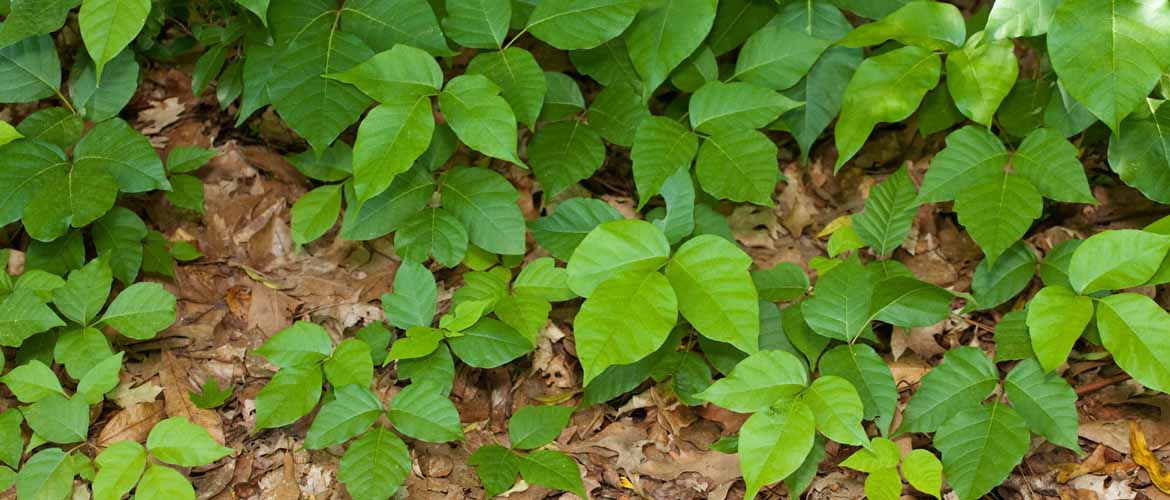
- Poison Ivy – Leaves of three, leave it be! Poison ivy is commonly found in wooded areas as a shrub, a sprawling vine on the ground, or as a climbing vine on a tree. It's not always easy to spot either since it can blend in with other vegetation around it – that is, not until you get an annoying, itchy rash.
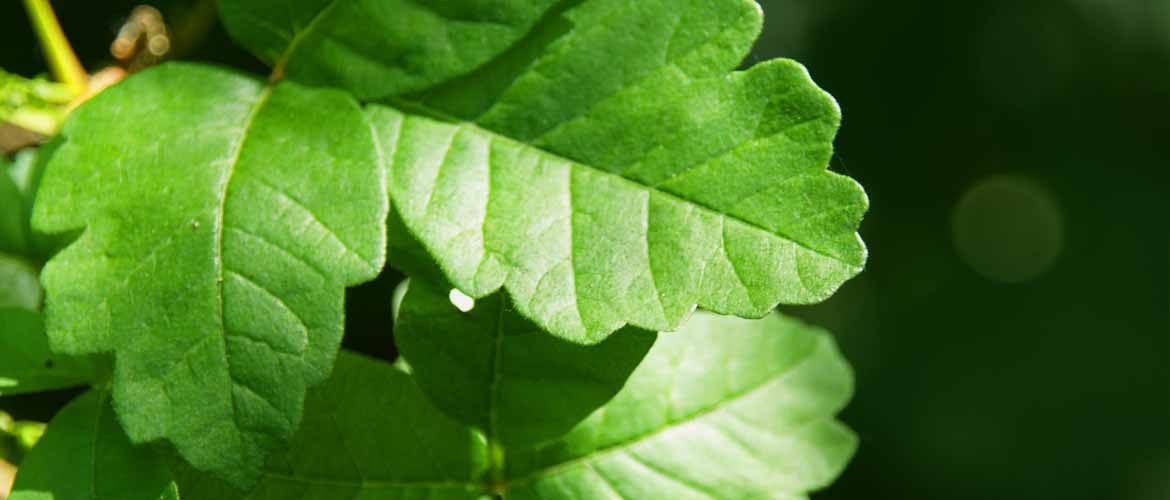
- Poison Oak – Not only does poison oak have larger and rounder leaves than poison ivy, but poison oak leaves can grow in groups of three, five, or seven. Keep an eye out for this shrub in wooded, green areas.1
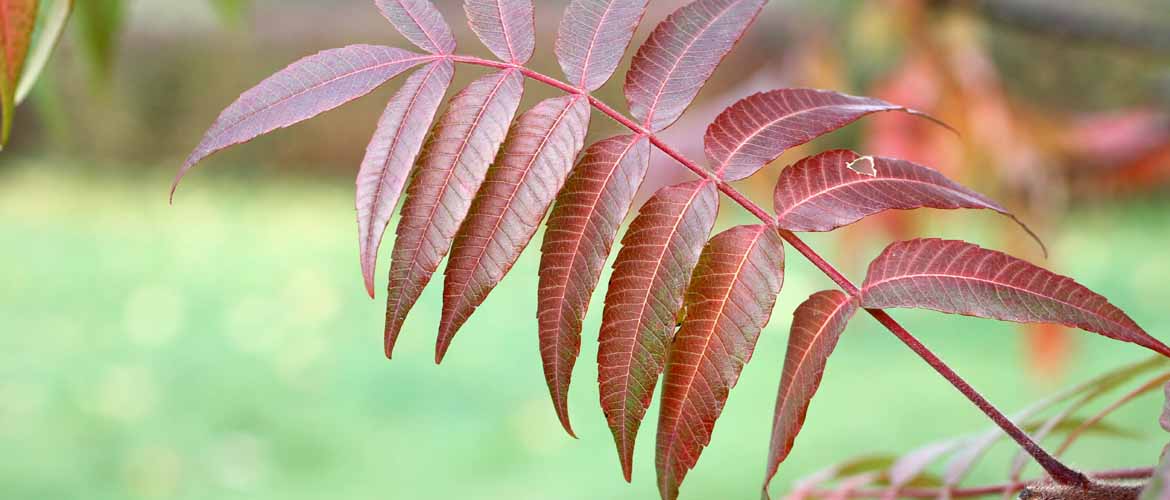
- Poison Sumac – Found as a tall shrub or tree in wet areas like bogs or swamps, poison sumac may cause stronger reactions than poison ivy and oak. Poison sumac differs from the other plants with its reddish stems, clusters of 7-13 leaves, and small flowers in light yellow or green color that bloom in the summertime.1
If you find yourself with a rash from poison ivy, poison oak or poison sumac, make sure to thoroughly wash your clothes, as it is the oil of the plant, urushiol, that is contagious, not the rash itself.1 Read more about the symptoms, treatment, and diagnoses of poison ivy, oak and sumac on our Skin Ailments page.
Are hiking, camping, and anything to do with the woods not on your travel agenda? You should still be mindful that poison ivy has been known to thrive in areas along the side of roads and highways where brush and plants have been cleared.2
Breaking It Down By Region
Time to tour the continental U.S. by region. In each section below, we're highlighting some insects, snakes, spiders, and more that you should be mindful of. While some of these creatures and critters may be more prevalent in a certain region, it's important to be mindful that there can be overlap in their territories, so it's always important to maintain awareness when traveling in a new location.
Northeast
From the waves of the New England Coast to the historical landmarks of the Mid-Atlantic States, the Northeast Region of the U.S. offers a lot for visitors to see and do. But no matter if you're visiting a family member in a rural area or if you're exploring a national park, there are some regional things to be aware of.
Insects and Spiders:
- Ticks – While various types of ticks can be found across the country, the most common ticks found in the Northeast include the American dog, brown dog, lone star, and most notably, the blacklegged tick.3 Blacklegged ticks, which carry bacteria which can cause Lyme disease, have recently seen an increase in their prevalence and the reported cases of Lyme disease. According to the CDC, 73% of all confirmed Lyme disease cases in 2016 were from Northeastern states.3 Whether you are hiking or picnicking, keep safe by preventing ticks and Lyme disease with these five tips.
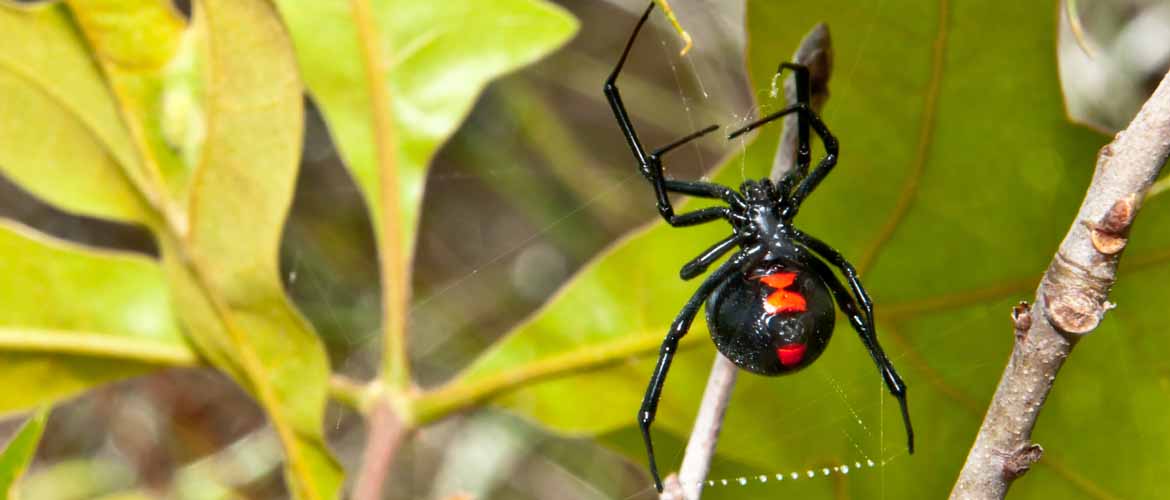
- Northern Black Widow Spiders – Most commonly found in the Northeast Region, northern black widow spiders dwell in quiet, undisturbed areas, such as woodpiles, debris, and even outdoor toilets. Known for the red hourglass-shaped mark underneath their abdomen, a black widow spider's bite, identified by two puncture marks on the skin, can be very dangerous. Symptoms include muscle aches, nausea, and difficulty breathing.4
South
From the bayou of Louisiana to the sandy beaches of Florida, the Southern Region of the U.S. starts at the Mason Dixon Line and includes the Appalachia, Southeast, South Atlantic, and Gulf states. Whether you're swimming, camping, or just exploring, keep a watchful eye for the following.
Insects, Spiders, Snakes, and Scorpions:
- Yellow Jackets – While bee stings, in general, may seem fairly common, yellow jackets live in large colonies underground which can result in a more severe result, if irritated. If you're hiking through a woodland area, be cautious not to disturb their nest. If irritated, yellow jackets may swarm and sting repeatedly, causing painful, dangerous stings.5
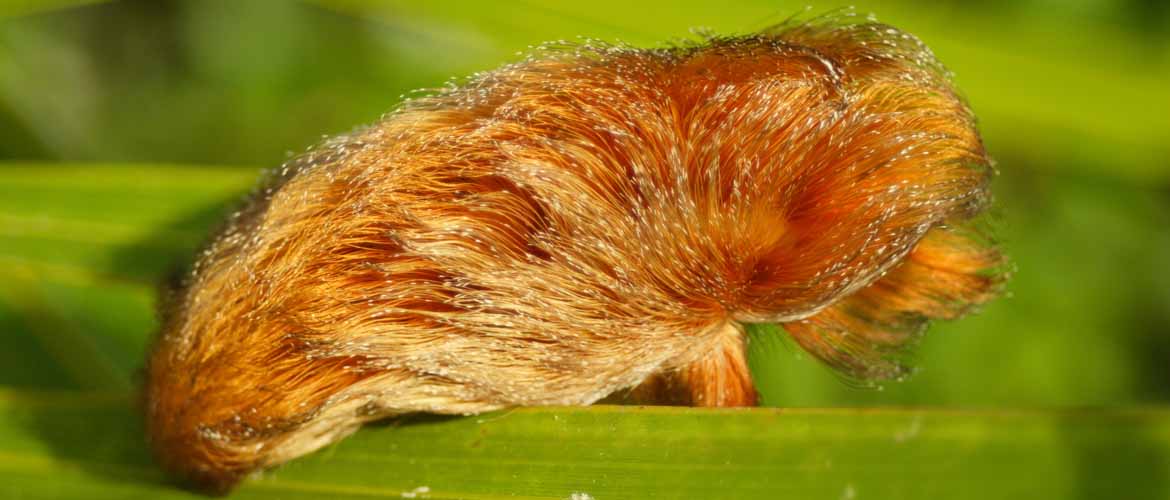
- Puss Caterpillar – This caterpillar may look soft and cuddly, but think before you touch! When the venomous hairs come into contact and embed on the skin, pain, burning, and rashes are the result. More severe side effects include nausea, headache, abdominal pain, and respiratory distress. The puss caterpillar can most commonly be found near elm, oak, and sycamore trees in Florida and Texas, but also can be found in some Eastern States.6
- Brown Widow Spiders – Most commonly found in the Southern states, brown widow spiders are slightly smaller than black widow spiders. Similarly, the brown widow dwells in quiet, undisturbed areas, such as woodpiles, debris, but they may also be discovered in more open areas, such as on the underside of patio chairs. Slightly differing from black widow spiders, the brown widow has large, square black spots on its abdomen, while the black widow has smaller, elliptical shaped black spots. Both have a red hourglass-shaped mark underneath their abdomen. A brown widow's bite is more mild than that of a black widow, but if bitten, it is recommended to seek medical care.7
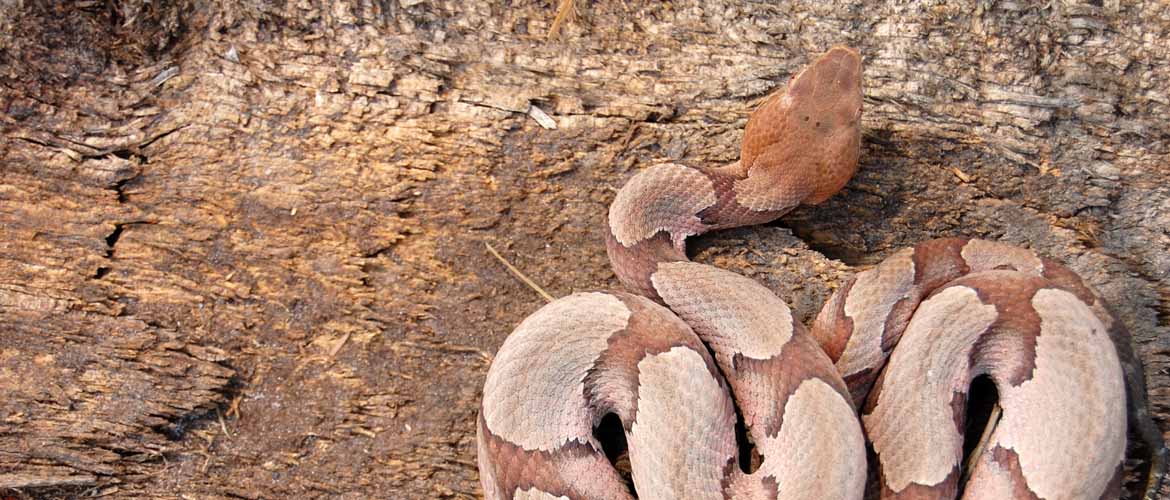
- Copperhead Snakes – One of the most common snakes in North America, copperhead snakes can be found in wooded, rocky areas, or near rivers. Averaging two to three feet in length, Copperheads can be identified by their coppery-brown head. Although they have a relatively mild venom, they are one of the most likely snakes to bite.8 If bitten, symptoms may include immediate pain at the site of the bite, skin color change, shock, weakness, low blood pressure.9 If bitten, immediately wash the area with soap and water, and remove tight, restrictive clothing or jewelry that is near the bite. Head to a medical care facility for treatment and possible antivenin medication.10
West
Whether you're visiting the Four Corners, exploring the Rocky Mountains or Grand Canyon, or relaxing on the Pacific coast, the Western Region of the U.S. offers plenty to see and do. Review the list below before your next road trip to the Pacific Northwest, Pacific, Rocky Mountain, or Southwest states.
Spiders, Snakes, and Scorpions:
- Rattlesnakes – Found mostly in the Southwestern Region, rattlesnakes are a venomous snake which dwell in the mountains, prairies, deserts, and even on beaches. Known for the rattle sound that their tails make when they feel threatened, rattlesnake bites and venom can be deadly if not treated promptly with antivenin.8 If bitten, make sure to move away quickly from the snake to ensure that it does not strike you again, and seek medical care as soon as possible.11
- Arizona Bark Scorpions – Like other scorpions, the Arizona bark scorpion is nocturnal. However, that doesn't mean you're entirely safe from them during the daylight hours. If you're hiking in the Grand Canyon or along a trail in the Arizona area, be mindful of your path. While most scorpions hide under rocks or bury under items on the ground, it can be easy to disturb their resting area, exposing them to your path. But I'm not hiking, you might think. Scorpions, however, can easily find and squeeze their way into buildings and homes.12 Symptoms of a scorpion sting may include stinging or burning at the area of the sting, restlessness, convulsions, roving eyes, staggering movement, thick tongue sensation, slurred speech, drooling, muscle twitches, and more.13
Midwest
From hiking in the Mount Rushmore National Park to exploring the vast prairies, the Midwest Region of the U.S. includes incredible views from the Great Plains and the Great Lake states.
Spiders:
- Brown Recluse Spiders – Often found in dry, dark spots, such as leaf or wood piles, closets, or attics, brown recluse spiders are most common in Southern and Midwest states. Bites can be identified by small, white blisters which can cause severe lesions. Seek medical attention if you have been bitten.14
Before any road trip you take, it's always a good idea to do your research to determine potential exposures and review preventative steps to keep you safe and healthy. This article does not include a comprehensive list of all potential risks you may encounter while traveling. Visit the associated state or national park's website, or review regional information on the CDC's website, for specific information and updates regarding the area you'll be visiting.
If you believe you have been bitten or stung by one of the insects, spiders, snakes, or scorpions listed above, seek medical attention.
Originally published July 2018. Updated August 2024.
References:
1 FDA: Outsmarting Poison Ivy and Other Poisonous Plants. Last updated August 4, 2016. Accessed May 29. 2018.
2 EverydayHealth: Poison Ivy Rash, Symptoms, and Relief. Last Updated May 14, 2018. Accessed June 5, 2018.
3 CDC: Surveillance for Lyme Disease After Implementation of a Revised Case Definition — United States, 2022. Last Updated February 15, 2024. Accessed August 29, 2024.
4 Orkin: Black Widow Spiders. Accessed June 5, 2018.
5 Business Insider: Here's Where You're Most Likely to Run Into Wildlife That Could Kill You. Published July 1, 2016. Accessed May 29, 2018.
6 Merck Manual: Puss Moth Caterpillar Stings. Accessed May 29, 2018.
7 University of California Agriculture & Natural Resources: Widow Spiders and Their Relatives. Accessed June 5, 2018.
8 CDC: Venomous Snakes. Last Updated July 1, 2016. Accessed May 29, 2018.
9 Healthline: Snake Bites. Accessed May 29, 2018.
10 The Blue Ridge Poison Center: Information Sheet: Snakes. Accessed June 5, 2018.
11 HealthLine: Rattlesnake Bite. Accessed June 5, 2018.
12 KY-KO Pest Prevention: 5 Important Facts About the Arizona Bark Scorpion. Accessed June 5, 2018.
13 CDC: Insects and Scorpions. Last updated July 1, 2016. Accessed May 29, 2018.
14 CDC: Venomous Spiders. Last updated July 1, 2016. Accessed May 29, 2018.
